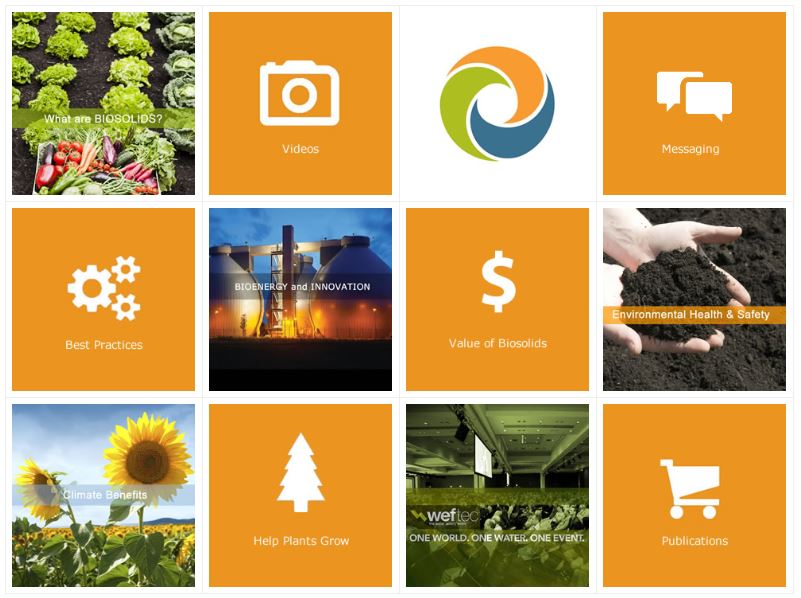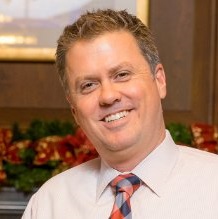Communications & Public Outreach Director Travis Loop blogs about methods and tools for sharing the benefits of biosolids.
What if I told you a story about a way to recover valuable nutrients, organic matter, and energy from wastewater? What if I told you this was a safe and innovative process that lowered costs for consumers, improves our environment, and supports our nation’s agricultural communities?
That story isn’t too good to be true – it’s the real-life story of biosolids. And we all need to do more to tell that story. It’s compelling and important. It’s a story that belongs to the water sector.
Yes, there are many excellent communications and marketing efforts underway, but there is plenty of room to increase the proactive, positive storytelling about the many benefits of biosolids. This will lead to more awareness and support in society.
As you tell the stories of biosolids, I encourage you to highlight the proven benefits of biosolids for the environment, economy, communities, etc. Utilize a variety of external validators such as scientists, farmers, and conservation groups to tell their side of the story. Use a multi-pronged approach, including working with reporters, posting to social media, and reaching out to the public.
The Water Environment Federation (WEF) has some resources to assist members in communications, with much of the content housed at biosolidsresources.org. There you can find basic information about biosolids, videos, reports, bill stuffers like Your Household Drain: Pathway to a Greener America, and technical support documents. The messaging book is an especially valuable resource – just like biosolids themselves. It provides an overview of how to deliver messaging, has detailed sections on the numerous benefits of biosolids that include statistics and examples, and explores which messages fit for particular audiences.
WEF is also working to expand our own communications about biosolids, and these materials will be added to the resource library. In the weeks and months ahead there will be social media content, blogs, videos, and podcast episodes, all promoting the value of biosolids. We will also host webinars on aspects of communications, including looking at best practices by utilities.
As we move forward on these activities and materials, we want to work with you because you have the stories to tell. Let us know what works. Share your successes. Collectively our sector can make the story of biosolids a best-seller.



 Travis Loop is the Senior Director of Communications and Public Outreach for the Water Environment Federation. He has more than 17 years of experience in communications, government, and media, with a focus on environmental and water issues. Travis most recently served as the director of communications for EPA’s Office of Water and previously managed public affairs for the Chesapeake Bay Program. Prior to that, he was the speechwriter and a communications manager for the Governor of Hawaii. Travis spent the first seven years of his career as a newspaper reporter and editor in North Carolina; Washington, D.C.; and Hawaii.
Travis Loop is the Senior Director of Communications and Public Outreach for the Water Environment Federation. He has more than 17 years of experience in communications, government, and media, with a focus on environmental and water issues. Travis most recently served as the director of communications for EPA’s Office of Water and previously managed public affairs for the Chesapeake Bay Program. Prior to that, he was the speechwriter and a communications manager for the Governor of Hawaii. Travis spent the first seven years of his career as a newspaper reporter and editor in North Carolina; Washington, D.C.; and Hawaii.